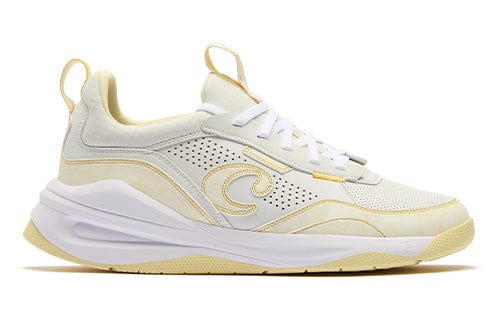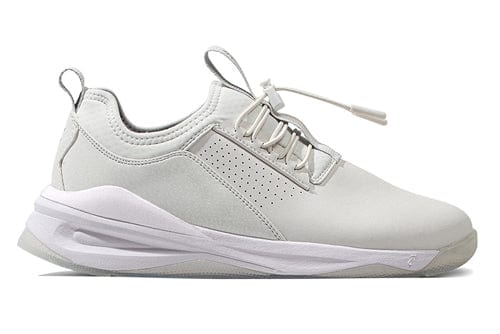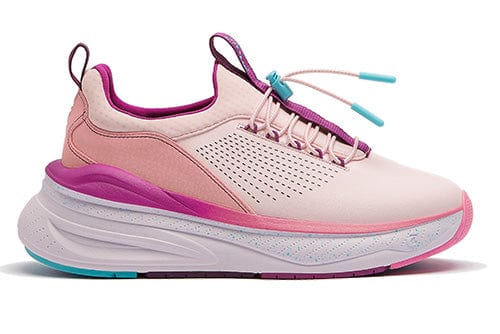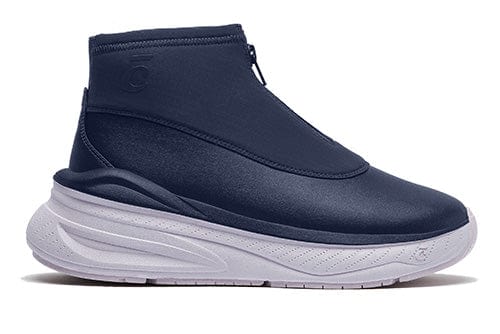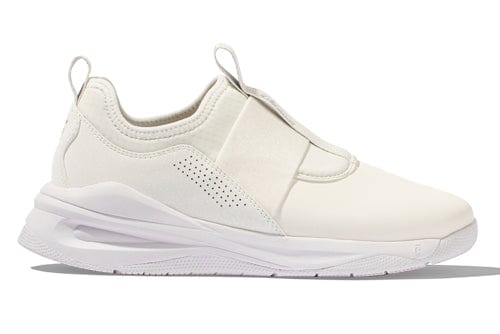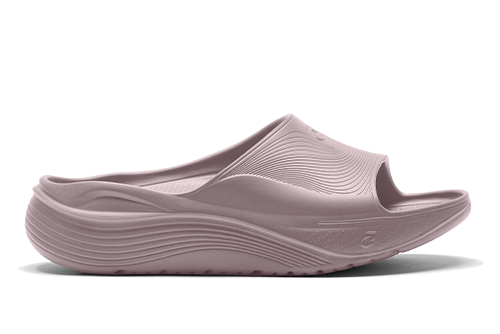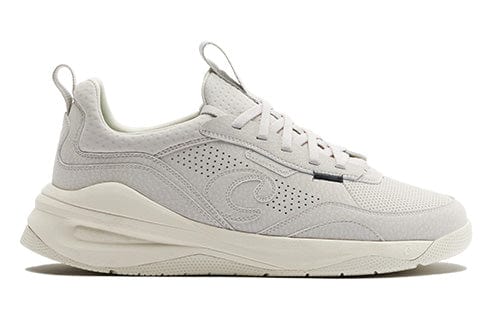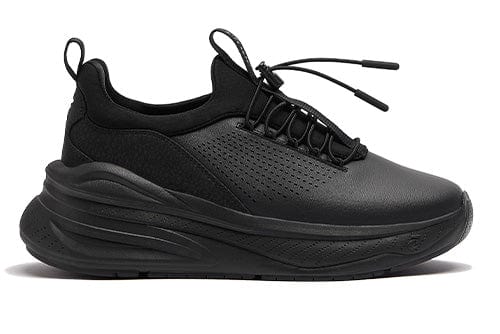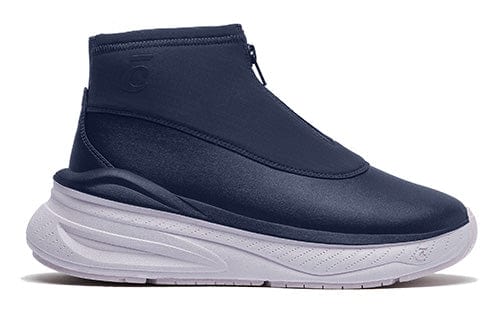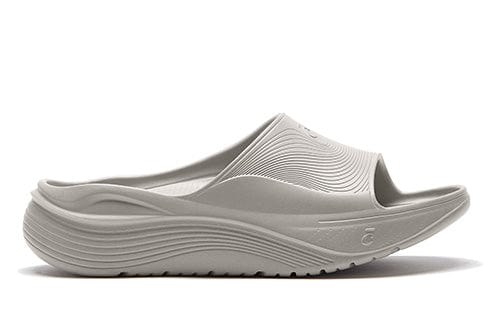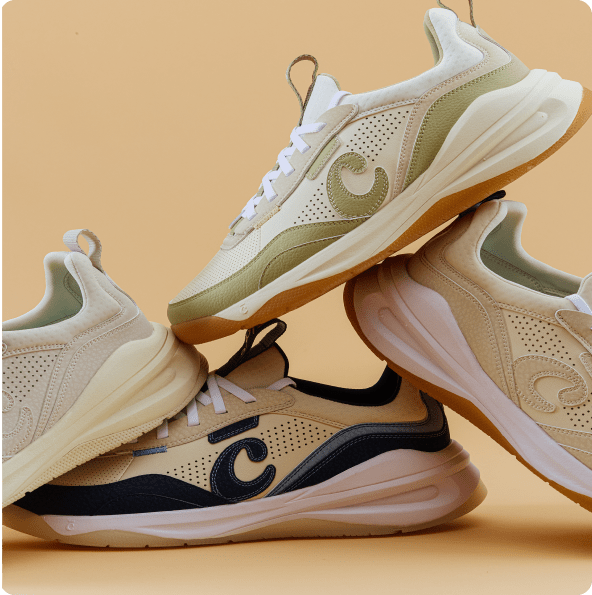How Exercise Helps Reduce Stress
We all deal with stress, which can damage both the body and mind. But what if there was a simple, natural way to relieve it? Enter exercise, one of the most effective tools for managing stress.
But does exercise reduce stress? Absolutely. Can exercise relieve stress? Without a doubt. Science backs it up, showing that regular movement can improve mood, ease anxiety, and help the body cope with life’s pressures more effectively. And the best part? You don’t need an intense, sweat-dripping workout to see the benefits. Even low-impact activities like walking can make a noticeable difference in your stress levels.
Let’s break down how physical activity affects stress, which types of exercise are best for stress relief, and how to incorporate movement into your daily routine.
The Science Behind Exercise and Stress Reduction
Ever heard of the phrase "runner’s high"? It’s not just a catchy term—it’s backed by science. Exercise triggers a cascade of positive physiological and psychological responses that help relieve stress and improve mental health.1
The Connection Between Physical Activity and Cortisol Levels
When stress hits, your body releases cortisol, a hormone designed to help you deal with "fight or flight" situations. However, chronic stress leads to elevated cortisol levels, which can contribute to anxiety, weight gain, and trouble sleeping. Regular exercise helps lower cortisol levels over time, reducing the negative impact stress has on the body.
This is why if you’re wondering how to lower stress levels, exercise can be a great solution.
The Role of Endorphins in Improving Mood
Exercise also triggers the release of endorphins—the body’s natural mood boosters.2 These chemicals interact with the brain’s receptors, reducing pain perception and promoting a sense of relaxation. That’s why after a good workout, you might feel lighter, happier, and less overwhelmed—it’s your body’s way of thanking you for moving.
Improved Sleep and Stress Resilience
Another benefit of regular exercise is better sleep quality. Stress and anxiety often make it hard to fall and stay asleep, but physical activity helps regulate sleep patterns by reducing restlessness and promoting relaxation. A well-rested body is better equipped to handle daily stressors, leading to lower stress levels over time.
Best Types of Exercise for Stress Relief
Not all workouts affect the body the same way. Some people thrive on high-intensity workouts, while others find low-impact exercises more effective for relaxation.
High-Intensity vs. Low-Intensity Workouts
High-intensity workouts (e.g., running, HIIT, cycling) provide immediate stress relief by burning off excess energy, improving mood, and helping the body process adrenaline more efficiently.
Meanwhile, Low-intensity workouts (e.g., yoga, walking, swimming) activate the parasympathetic nervous system, which encourages relaxation and reduces physical tension in the muscles.
Finding the Right Exercise Routine for Your Lifestyle
The best exercise for stress relief is the one that fits seamlessly into your life. If high-intensity workouts don’t feel sustainable, opt for walking, stretching, or yoga instead. If you enjoy group settings, consider dance classes or sports.
The key? Consistency. Even 20–30 minutes of movement a few times a week can have a lasting impact on mental health and stress reduction.
Different Types of Exercises for Stress Relief
Exercise comes in many forms, and the best type for stress relief depends on your preferences, fitness level, and lifestyle. Whether you prefer high-energy workouts or mindful movement, each type of exercise offers unique benefits for reducing stress and improving overall health.
1. Aerobic Exercise
Aerobic workouts, such as jogging, swimming, cycling, and brisk walking, are some of the most effective ways to relieve stress. These activities improve heart health, increase oxygen circulation, and trigger the release of endorphins—your body’s natural stress relievers.
- Boosts cardiovascular health: Aerobic exercise strengthens the heart, helping to regulate blood pressure and improve circulation.
- Reduces stress-related disorders: Compared to sedentary behaviors, regular movement can help prevent disorders like anxiety and depression.
- Enhances mood and mental clarity: Exercise reduces cortisol levels, making you feel more energized and focused.
2. Mindful Practices Like Yoga and Tai Chi
For those who prefer a slower, more meditative approach to stress relief, mindful exercises like yoga and tai chi offer incredible emotional and physical benefits. These practices focus on controlled breathing, fluid movement, and mindfulness techniques that promote relaxation.
- Aids in emotional regulation: Slow, controlled movements help balance emotions and alleviate mental tension.
- Improves flexibility and posture: These activities enhance mobility and reduce muscle stiffness, which can contribute to physical stress.
- Encourages self-awareness: Yoga and tai chi encourage mindfulness, allowing you to process stressful situations with a clearer mindset.
3. Strength Training and Outdoor Activities
Building strength is an excellent way to manage stress and improve health. Strength training helps regulate cortisol levels, increases confidence, and creates a sense of accomplishment.
- Regulates stress hormones: Lifting weights or doing bodyweight exercises helps lower cortisol and reduce the effects of chronic stress.
- Encourages goal-setting: Tracking progress in strength training fosters a sense of control and motivation.
- Connects adults with nature: Outdoor activities like hiking, rock climbing, and kayaking provide fresh air, natural scenery, and an escape from everyday pressures.
For more information on the best exercises for stress relief, explore fitness resources or consult a health professional to find an activity that fits your lifestyle.
Walking as an Easy and Effective Stress-Relief Exercise
If intense workouts sound overwhelming, don’t worry—walking is one of the easiest and most effective ways to manage stress. It’s accessible, low-impact, and doesn’t require special equipment.
Why Walking Is a Low-Impact Way to Manage Stress
So, why is walking good for you?
Walking provides the same stress-reducing benefits as other forms of exercise but with less strain on the body. Here’s how:
- It Lowers Cortisol: Walking helps reduce cortisol levels, which naturally lowers stress and tension.3
- It Encourages Deep Breathing: When walking, especially outdoors, you tend to breathe more deeply, allowing oxygen to flow through the body, promoting a feeling of calm.
- It Enhances Mood: Walking increases endorphins, helping fight anxiety and depression while boosting energy levels.
How to Incorporate Walking Into Your Daily Routine
Want to make walking a regular habit? Try these simple strategies:
- Schedule It In: Set aside 10–30 minutes a day for a brisk walk—whether it’s during lunch, before work, or after dinner.
- Find a Walking Buddy: Having a walking partner (friend, pet, or family member) keeps you accountable and makes the activity more enjoyable.
- Track Your Steps: If motivation is an issue, try using a pedometer or fitness tracker to monitor your progress.
- Pair It With Something You Enjoy: Listen to a podcast, audiobook, or music to make the walk feel like a relaxing break rather than a workout.
If you’re wondering about a good step goal, experts say that starting with 5,000 steps (if your lifestyle is sedentary) and slowly progressing to more than 10,000 steps is ideal for your body.
Choosing the Right Gear to Make Walking a Habit
No matter how great a stress-relief strategy walking is, uncomfortable shoes can ruin the experience. Proper footwear is essential for ensuring you stay comfortable, injury-free, and motivated to keep going.
How Supportive Footwear Enhances Comfort and Consistency
Wearing the right shoes can help you stay consistent with your walking routine by:
- Reducing Foot and Joint Pain: Properly cushioned shoes absorb shock, reducing pressure on the joints and minimizing discomfort.
- Providing Stability: Slip-resistant outsoles and good arch support prevent injuries and improve balance, ensuring safe, steady strides.
- Keeping Feet Cool and Dry: Breathable materials prevent overheating and sweating, making walks more comfortable in any weather.
How Clove Sneakers Help Make Walking an Effortless Habit
Clove sneakers are designed for professionals who are on their feet all day, making them a perfect choice for stress-relief walks. Here’s why:
- Cushioned Insoles for Comfort: Our sneakers provide all-day support to keep feet fatigue-free, no matter how long you walk.
- Slip-Resistant Soles for Stability: Clove shoes ensure traction on various surfaces, so you can walk confidently and safely.
- Lightweight and Breathable Design: Using Clove sneakers helps keep your feet cool and comfortable, preventing discomfort during long walks.
- Easy-to-Clean Materials: Designed for busy professionals, Clove sneakers are durable, stylish, and easy to maintain.
- A Stylish, Everyday Essential: These aren’t just great for walking—they’re versatile enough to wear all day, from work to casual outings.
Making Exercise a Habit for Better Mental Health
At the end of the day, can exercise reduce stress? Absolutely. From high-energy workouts to simple, mindful walks, the movement has the power to reset your mood, relieve tension, and improve your overall well-being.
So, why not take the first step? Explore our newest releases to find the perfect walking shoes, and let every step bring you closer to a calmer, healthier life.
Sources:
- Healthline. Exercise and the Brain: The Mental Health Benefits of Exercise. https://www.healthline.com/health/depression/exercise
- WebMD. Exercise and Depression: How Physical Activity Can Help. https://www.webmd.com/depression/exercise-depression
- Loma Linda University. The power of walking: steps to better health. https://news.llu.edu/health-wellness/power-of-walking-steps-better-health

